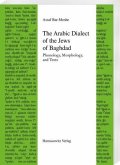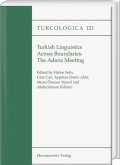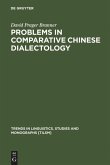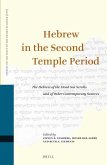The monograph T m nit is the outcome of many years of Ori Shachmon's linguistic fieldwork among Jews who emigrated from Yemen to Israel. The three introductory chapters of the book examine the linguistic implications of the social structure of the Jewish communities in Yemen, and their geographical dispersion over more than one thousand localities. They offer insights into the circumstances that have given rise to the distinctions between the language of the Jews and that of their Muslim neighbors. Also addressed are the developments that have taken place in the Jewish varieties since immigration to Israel, and the challenges of documenting a language far from its homeland. The two final chapters draw on the author's extensive archive of recordings. They pertain to grammatical issues in the phonology and morphology of the recorded varieties, with particular attention to cases in which the Jewish variety diverges from its co-territorial Muslim counterpart. Forty full-length narratives in many distinct varieties are given in phonemic transcription and English translation. Based mainly on the personal memories of the narrators, these texts not only provide rich evidence for the grammatical issues discussed in this book, but also reveal a unique glimpse into the reality of Jewish life in Yemen during the twentieth century.








